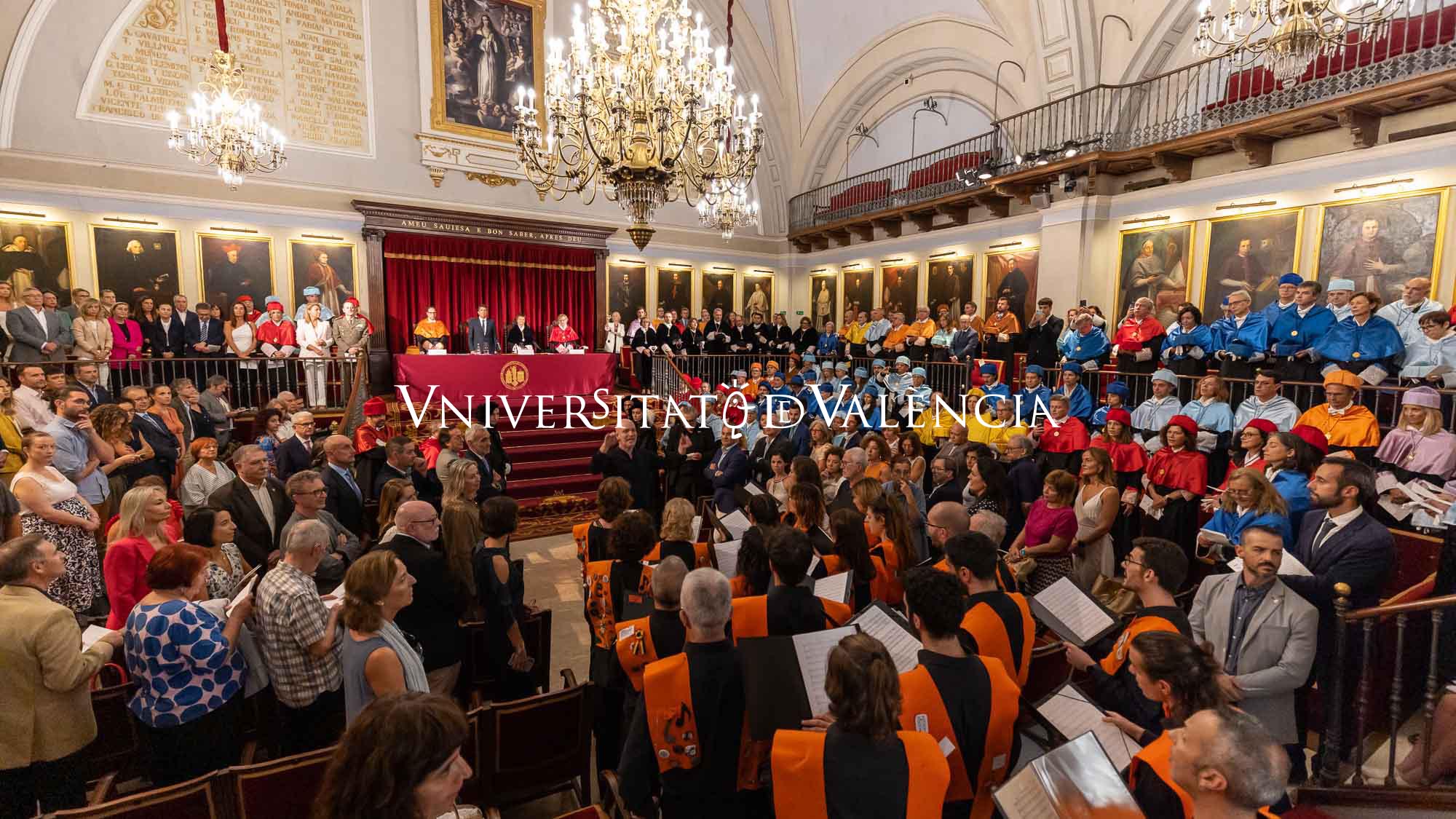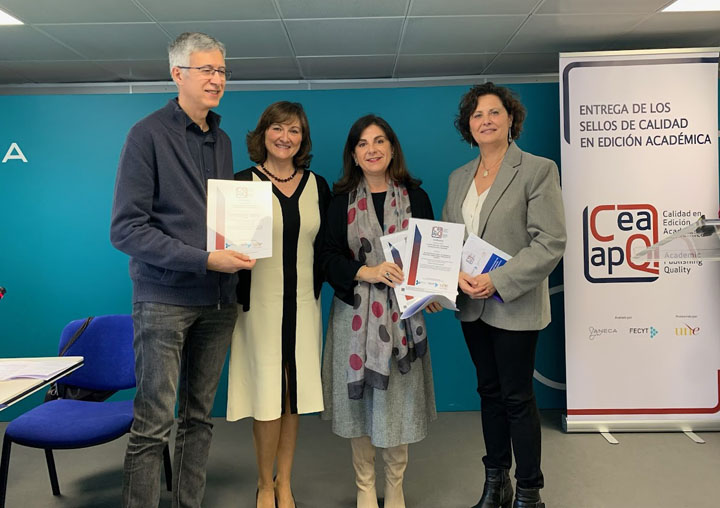The López Piñero Institute hosts the exhibition ‘Trencant barreres. Dones i ciències’ (Breaking down barriers. Women and sciences) on the contribution of women to the progress of science and technology. Opening 17 September at 20:00.
The exhibition presents a breakaway artistic production including a tunnel of sexist clichés and a maze of panels and quotes by enlightened characters (philosophers, writers, politicians...), so that it brings us by a selection of photographs, closer to the career of 42 scientists from different eras. In addition, visitors will have the opportunity to know first-hand more than a dozen of everyday objects created by women. The main aim of the project, according to the curators, is to provide the public evidence to enable them to get rid of that “social bandage” that still weighs on their eyes, and showing that women, throughout history, have gone far beyond what is generally known. Among the advances that can be seen, the exhibition includes inventions of everyday life designed by women, as the opaque correction fluid (Liquid Paper) to rectify on paper, recorded by Bette Nesmith Graham in the 50s, windscreen wipers invented by Mary Anderson in the early twentieth century, disposable diapers patented by Marion Donovan in 1951, and the modern bra recorded by Mary Phelps Jacobs in 1914. Likewise, we will know the creation of other developments such as the Sojourner Rover vehicle, which landed on Mars in 1997 and was designed by NASA scientist Donna Shirley, or high strength fibre (Kevlar®) used to make bulletproof vests, this latest invention patented by Stephanie Kwolek in 1974 and that we can directly observe in the exhibition. The closest scientist is Pilar Mateo, doctor from the Faculty of Chemistry of the University of Valencia, which has patented an insecticidal paint used in indigenous populations in South America to fight diseases. Moreover, it will be time and space for better understanding of the incredible lives of women who fought against the current, for a place in a man’s world. Prominent among the other stories is that of Miranda Qualified Barry (Ireland ca. 1789 -United Kingdom 1865), British army surgeon who lived her adult life posing as man to enter university. Another woman present at the exhibition is Hipathia of Alexandria (Alexandria, Egypt, 355/370 B.C. - 415/416 B.C.), first known mathematician. She wrote on geometry, algebra and astronomy, improved the design of early astrolabes and invented the hydrometer. The Spanish María Zambrano (Vélez-Málaga, 1904-Madrid 1991) is, for many scholars, one of the most important figures in Spanish twentieth-century philosophical thought. Another pioneer in this case in the scientific world is Marie Curie (Poland 1867-France 1934), who worked in the field of radioactivity and was the first female professor at the University of Paris. She was awarded the Nobel Prize in Physics in 1903 and the Nobel Prize in Chemistry in 1911.
ScheduleFrom 17 september 2014 to 9 january 2015. Thursday, monday, tuesday, wednesday and friday at 09:00 to 20:00.
Place The José Puche Hall of the López Piñero Institute for the History of Science and Medicine (joint centre of the University of Valencia and CSIC), located in the Palau de Cerveró
Organized by López Piñero Institute for the History of Science and Medicine (joint centre of the University of Valencia and CSIC), located in the Palau de Cerveró.
www.ihmc.uv-csic.es
Contact difusion.ihmc@uv.es
More information



















